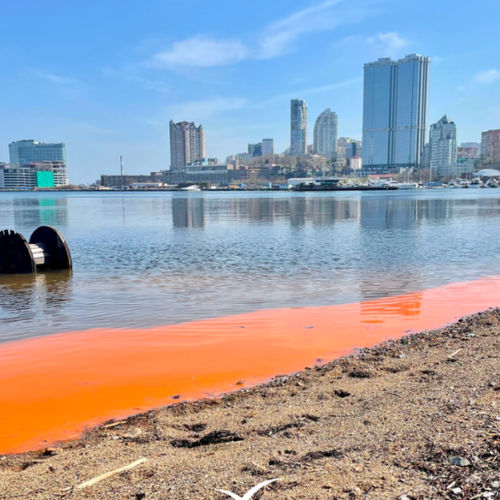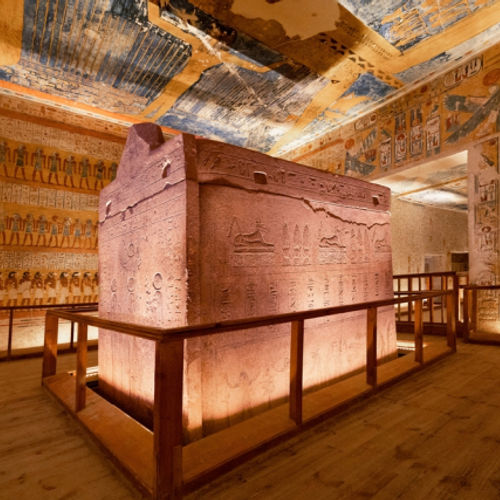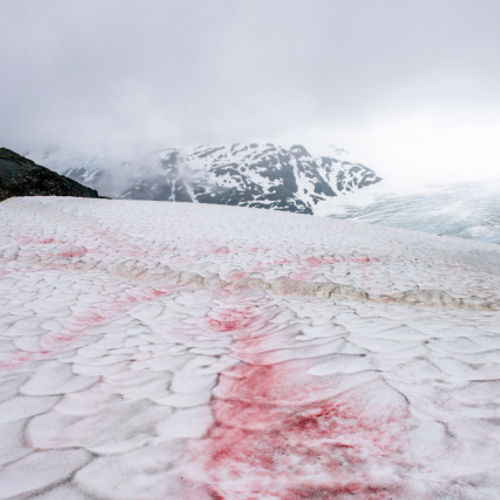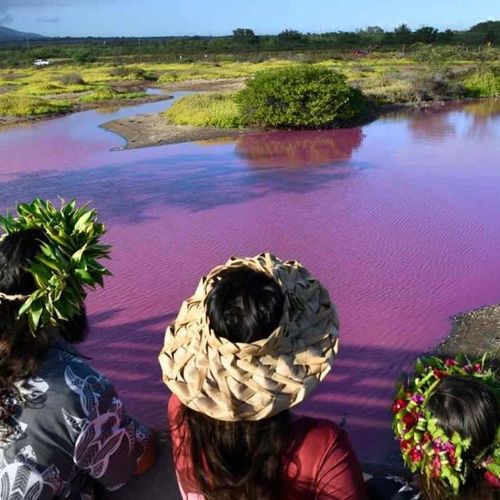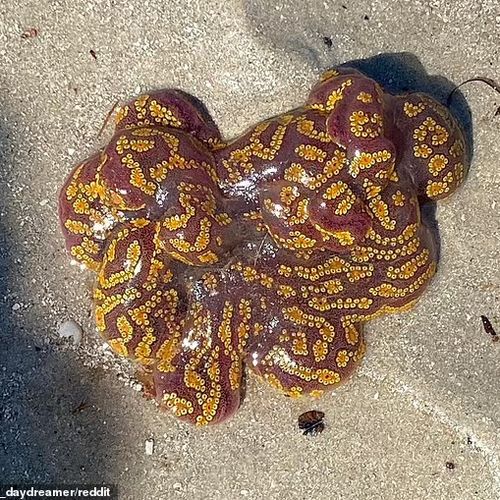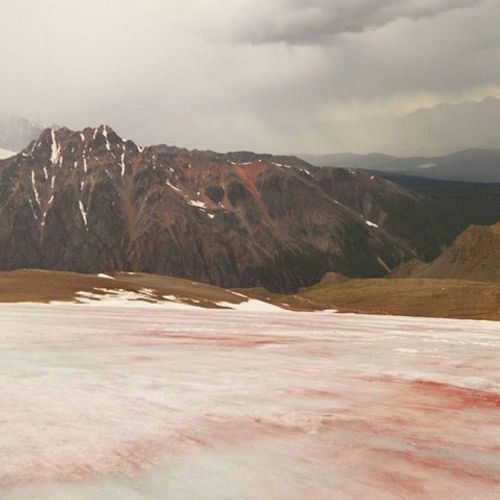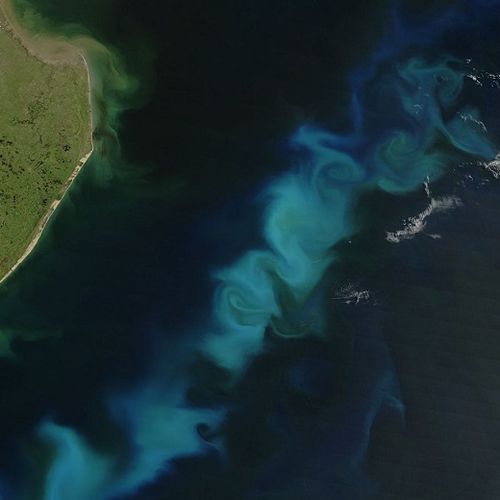
| Added | Mon, 06/02/2023 |
| Источники | |
| Дата публикации | Mon, 06/02/2023
|
| Версии |
What gives the pink lake in Australia a whimsically bright color of chewing gum was thought about even before it was invented. In 1802, Matthew Flinders was the first to suggest that the pink color of Hillier Lake is due to its salinity, but in the next few hundred years, science has shown that this is only part of the story.
Located off the coast of Middle Island, pink lake looks especially bright against the background of the blue ocean.
Researchers last year decided to take a closer look at the reservoir, which is about 250 meters wide and eight times saltier than the ocean. Co-founder of the Extreme Microbiome Project Scott Taige saw the lake on TV and decided to reveal its secret.
With the help of Ken McGrath of Brisbane-based microbial Genomics company Microba and a team of researchers, they collected samples and analyzed them using metagenomics. This approach effectively allows scientists to understand the microbial environment by isolating individual genomes to identify the entire ecosystem.
The tests revealed a rich list of extremophiles, organisms that have adapted to survive in harsh conditions unfavorable to other species. In the case of Hillier Lake, many microbial species have evolved to tolerate high levels of salt, and their coloration to some extent explains the specific color of the water.
The microbiome in the lake consists of several pigment—producing microbes, including Dunaliella, Salinibacter, Halobacillus, Psychroflexus and Halorubrum. The colors of these types of microbes range from blue to orange and red, which may explain why the end result is a very peculiar pink hue. These colors are due to the carotenoids contained in microorganisms, which are believed to provide some protection from an environment with a high salt content.
Pink Lake is a breathtaking sight that is worth seeing against the backdrop of the untouched islands of the Recherche Archipelago Nature Reserve, home to seals, dolphins and migrating whales.
Новости со схожими версиями
Log in or register to post comments

